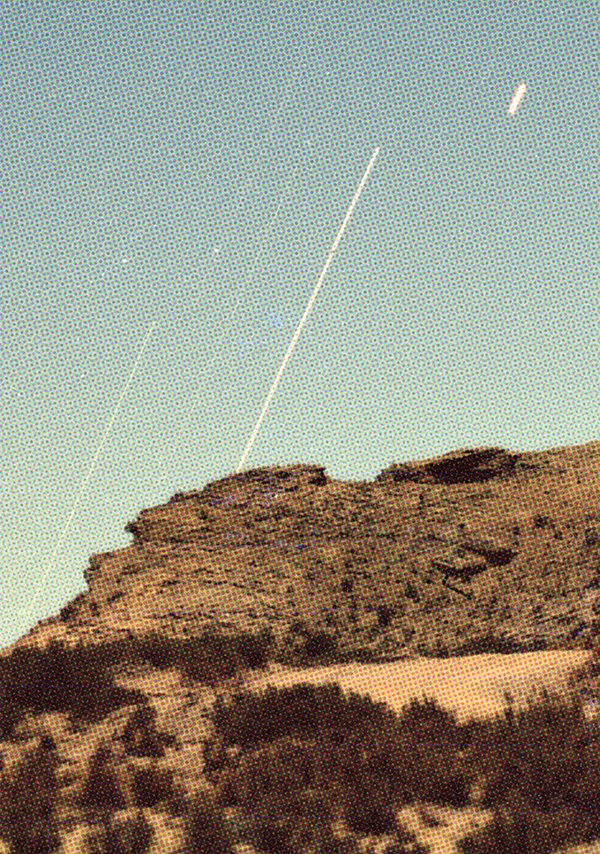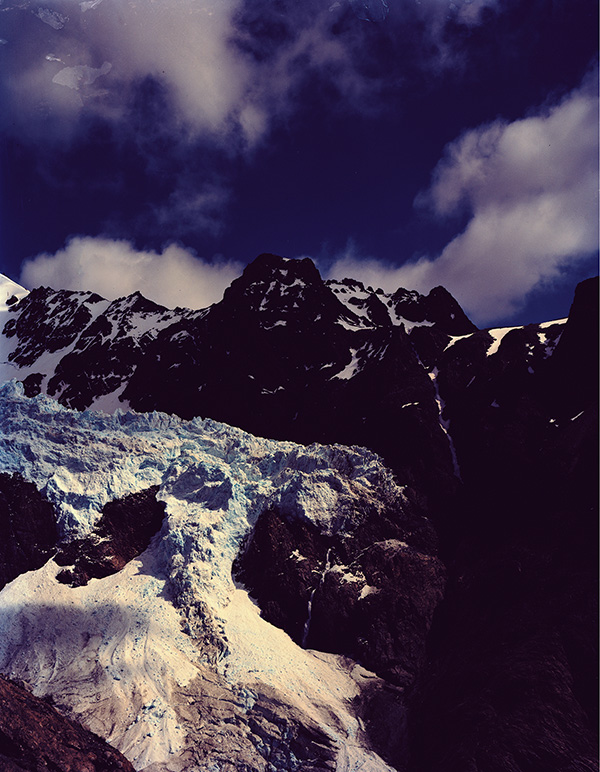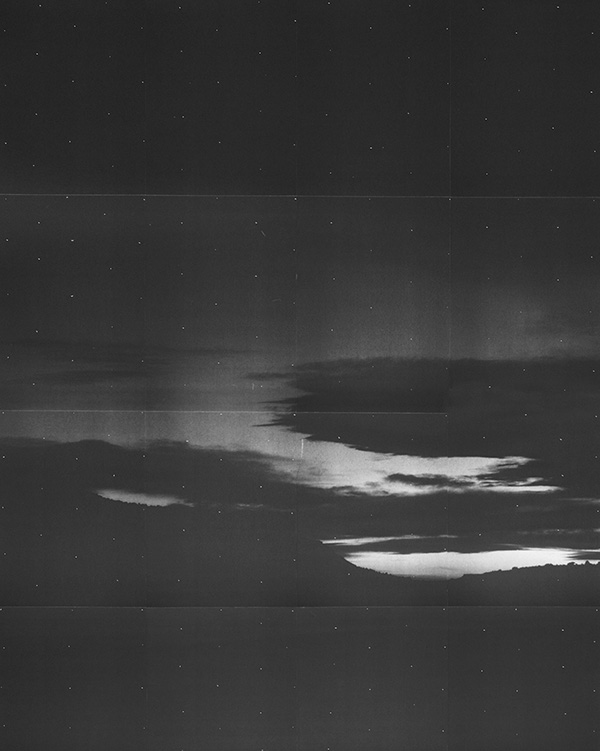PHOTO:Adam Jeppesen- Out Of Camp
 Adam Jeppesen’s work challenges the boundaries between documentary and fiction. He is seen as one of the greatest talents in contemporary Danish photography, he has become known, over the past decade, for a body of work that is both meticulously edited and nakedly diaristic. The artist’s distinctive style, located a space in between documentary and dream.
Adam Jeppesen’s work challenges the boundaries between documentary and fiction. He is seen as one of the greatest talents in contemporary Danish photography, he has become known, over the past decade, for a body of work that is both meticulously edited and nakedly diaristic. The artist’s distinctive style, located a space in between documentary and dream.
By Efi Michalarou
Photo: Foam Archive
Nostalgia remains important to Jeppesen, and many aesthetic decisions are still made by remembering, projecting and dreaming. The works emerging from his most recent travels, however, are primarily concerned with direct, immediate responses. This need for straight confirmation was borne of human necessity as the artist burrowed deeper than ever before into a dreamlike state. “Out of Camp” is Adam Jeppesen’s first solo exhibition in the Netherlands. Foam presents five series: “Folded”, “Scatter”, “Ghosts”, “Parts” and “XCopy. In the middle of 2009 Adam Jeppesen began a period of uninterrupted, unaccompanied travel that lasted for 487 days. He traveled on a continuous grade, in one direction, constantly, on the ground, from the Arctic to Antarctica through the Americas. During this period, the artist grew distant from the validation of other people and the convenient markers of cultured society. The long, solitary trip took him progressively further from a traditional understanding of space and time. Only his photographs, he says, became a means of “Guaranteeing a present”. From day to day, the camera received the artist’s experiences and confirmed them to him. Jeppesen’s work is a search for spirituality, which is found in seclusion, but it also addresses the materiality and transience of the photograph as an object. The journey has left visible traces and blemishes on the photographs. His photographs are the product of physical challenge and experimental printing techniques. He abandoned his search for the perfect print in favour of cheap reproductive techniques and mass production. Coincidence, damage and imperfection are essential elements in his work. At a time when the image has become infinitely perfectible and reproducible, Jeppesen experiments with the photograph as a unique object that is subject to the forces of change and decay. The series “XCopy” (2011-12) and “Parts” (201-14) consist of A4-sized photocopies that are stitched together and can be (dis)assembled like a jigsaw. Jeppesen experimented with this technique on his studio wall, initially with no other intention than to find the ideal print size. He soon realised that the process of creation was as important to him as the final print. For his “Ghosts” series (2013-14), Jeppesen experimented with photogravure: a 19th Century printing technique in which an etched copper plate is inked and pressed to paper, generating nuanced greys and exceptional detail. Jeppesen used the same plate multiple times in succession, without re-inking it between prints, producing a fading image that leaves but a shadow of the original landscape. The glaciers of the “Folded” series (2014- ) are divided into A4-sized grids through subtle folding patterns. The artist printed the images on rice paper and folded them multiple times, as with a map. For “Scatter” (2014-16) Jeppesen revisited discarded negatives in search for previously overlooked details, damages and coincidences. By carefully dissecting and recycling his own waste material, the artist attributes new meaning to the otherwise unnoticed and abandoned.
Info: Foam Foam, Keizersgracht 609, Amsterdam, Duration: 16/6-27/8/17, Days & Hours: Mon-Wed & Sat-Sun 10:00-18:00, Thu-Fri 10:00-21:00, www.foam.org



